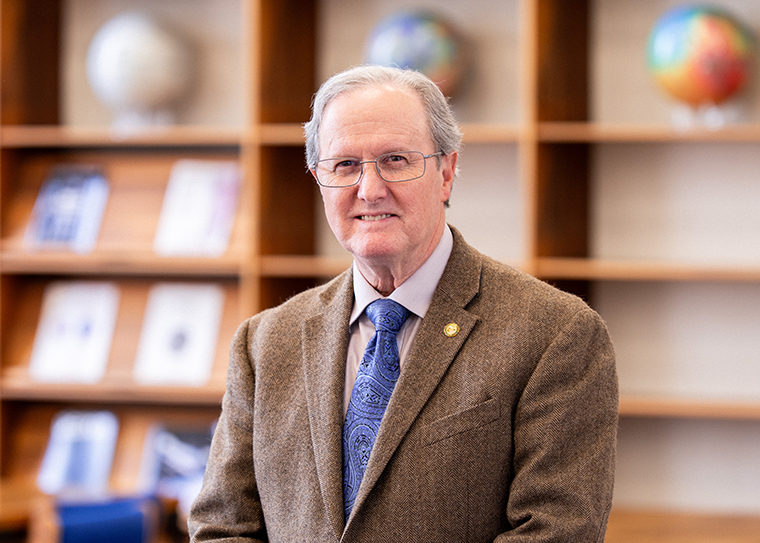As NASA prepares for the first crewed Moon landing in more than five decades, the agency has identified an updated set of nine potential landing regions near the lunar south pole for its Artemis III mission.

Brad Jolliff, the Scott Rudolph Professor of Earth, Environmental, and Planetary Sciences in Arts & Sciences at WashU and director of the McDonnell Center for the Space Sciences, is a member of the Artemis III geology team. The team evaluated the landing regions for their scientific potential.
Sites within each of the nine regions could provide key new insights into our understanding of rocky planets, lunar resources and the history of our solar system.
"Some locations are better than others, and it is our job to help NASA evaluate how we can get the best science," Jolliff said.
"We want to test the regolith (soil) near the south pole of the Moon for water ice and perhaps other volatiles," he said. "We want to test the physical properties of the regolith and compare to the sites where Apollo and other missions have landed. And we want to sample boulders and rocks associated with fresh impact craters that will provide new clues to the geologic history of the Moon from a perspective far removed from the 'Apollo zone.'"






